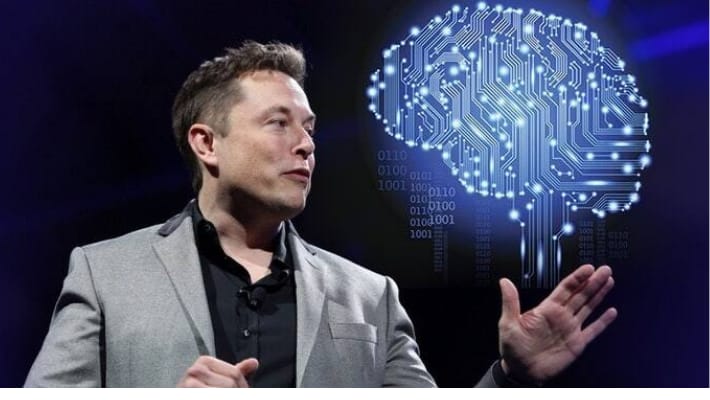
Elon Musk, the celebrity engineer, revealed in August 2020 that he has made a breakthrough in his quest to combine artificial intelligence with the human brain. Musk announced that Neuralink had developed a self-contained neural implant that can wirelessly relay precise brain function without the use of external hardware during a live-streamed demonstration involving farm animals and a stage.
Neuralink is a technology that can first be used to assist paraplegics with basic activities such as operating a Phone and performing mouse clicks on a screen without requiring them to lift their arms. According to Musk, Neuralink prototypes have been studied on mice and maybe even a monkey.
The human brain is made up of neurons that fire through synapses in response to electrical impulses such as, when we see, hear, or move, creating tiny electromagnetic fields known as action potentials. Neuralink is intended to record and analyse data from these electromagnetic fields. Neurons in the human brain pulse through synapses in response to electrical impulses, when we see, hear, run, etc. to create tiny electromagnetic fields known as action potentials. Neuralink is designed to pick up on these electromagnetic fields and record and analyse the information. Small threads with electrodes (1/10 size of a human hair) are being designed to be implanted into the brain to detect these action potentials.
A remotely controlled neurosurgical robot infuses each of these threads. The robot's injection needle is about 24 microns in diameter, which is significantly smaller than current Deep Brain Stimulation technology.
The N1 chip reads, amplifies, digitises, and processes the data gathered by these threads before sending it to a pod computer behind the ear. The embedded device will connect wirelessly with the tiny, battery-powered device, eliminating the risk of a harmful brain infection via an open hole in the skull. The N1 chip will send detected signals through Bluetooth to the pod computer behind the ear, which will be monitored by a system.
Although Neuralink opens up a whole new world of possibilities in the world of technology, it is plagued by several problems. Neuralink is only being studied on rats and primates, which may be seen as questionable, before being able to try such an implant on a human brain. Furthermore, the idea of connecting human minds to machines and potentially constructing a "superintelligence" or artificial intelligence raises ethical concerns.
What are the patient's risks? About the fact that Neuralink is less dangerous than DBS and other similar techniques, we still don't know what this type of technology will lead to in its final form.
However, we have the opportunity to learn more about the functioning of the brain with Neuralink. Furthermore, it can be improved over time so that the complications are minimised even further and the process is made safer. In today's modern world, it would be a shame not to take advantage of this chance to at least learn what is possible by investigating what this kind of technology might lead to.







